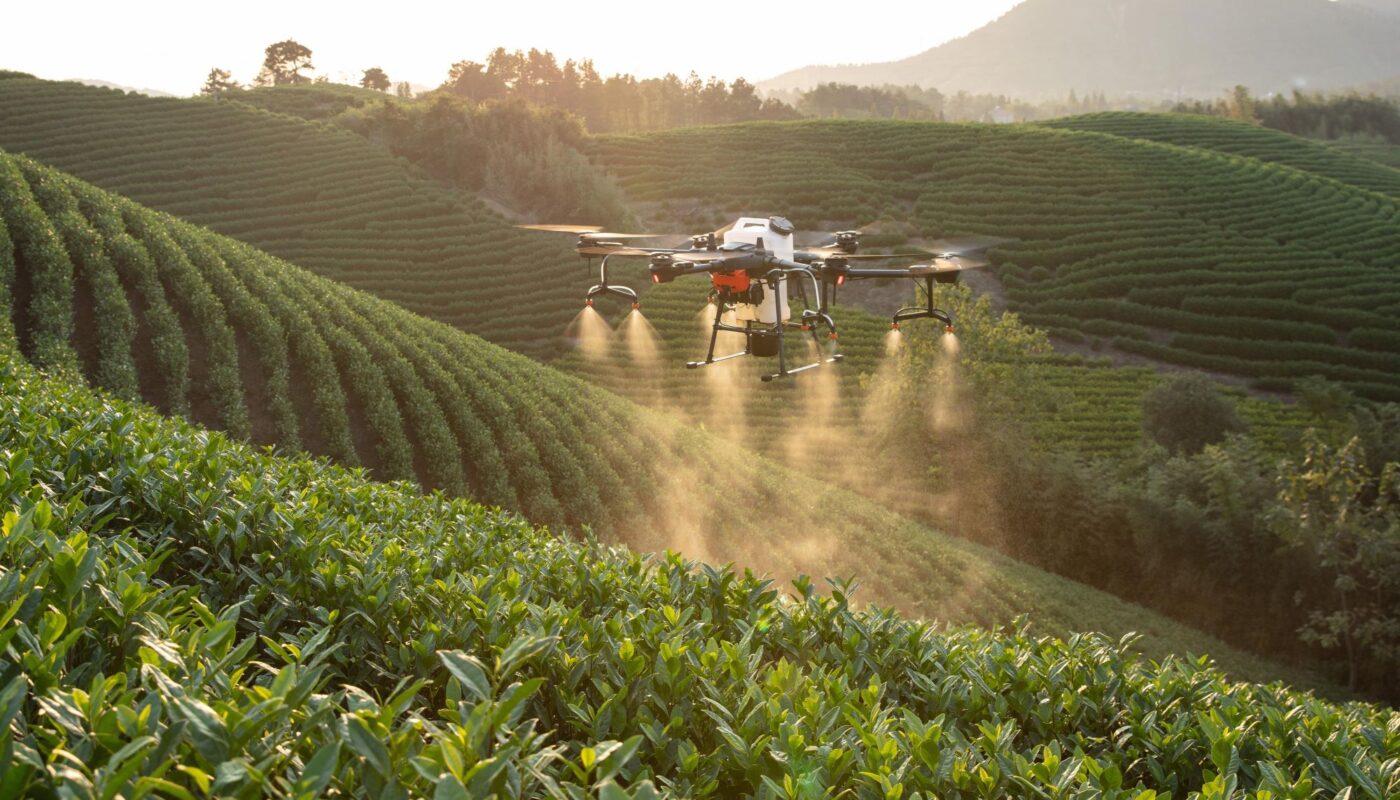Agricultural AI: Transforming Modern Farming
Agriculture has been the cornerstone of human civilization, nurturing societies and driving progress. However, as the global population grows and resources dwindle, the need for innovation in food production becomes urgent. This is where Artificial Intelligence (AI) steps in as a groundbreaking force in modern farming. But how can AI adapt to the practical, muddy reality of agriculture? Let’s explore.
What is Agricultural AI?
AI refers to the ability of machines to replicate tasks requiring human intelligence, such as learning from data, recognizing patterns, making decisions, and interpreting images or voices. In agriculture, AI applications are revolutionizing farming by enhancing efficiency and optimizing processes.
Agricultural AI integrates technologies like machine learning, robotics, computer vision, and data analytics into a “smart farming” system. This system transforms every step of farming, from planting to harvesting, ensuring higher yields with less waste.
From Traditional to Smart Farming: A Journey
To appreciate the role of AI in agriculture, it’s essential to look at how farming has evolved:
- Traditional Farming: For centuries, farming relied heavily on manual labor and the expertise of farmers. Practices like sowing, plowing, and irrigation were labor-intensive, leading to time constraints and unpredictable yields.
- The Green Revolution: The mid-20th century brought advancements like high-yield seeds, chemical fertilizers, and pesticides. While this boosted production, it also caused environmental problems, including soil degradation and water pollution.
- Precision Farming: In the late 20th century, technologies like GPS, sensors, and data analytics emerged, making it possible to optimize the application of water, fertilizers, and pesticides.
- Smart Farming: Today, smart farming integrates AI with robotics, IoT, and automation to create real-time data-driven systems that maximize productivity and reduce waste.
Applications of AI in Agriculture
1. Precision Farming
Precision farming focuses on tailoring agricultural practices to the specific needs of each section of a field, minimizing resource use and maximizing yield. AI plays a pivotal role in enabling this approach.
Soil Analysis and Management
AI-powered tools analyze soil health by evaluating factors like nutrient levels, pH, and moisture. This helps farmers make informed decisions, such as:
- Correcting nutrient deficiencies: AI identifies lacking nutrients and suggests suitable fertilizers.
- Choosing optimal crops: AI recommends crops based on soil conditions and market demand.
Optimized Irrigation Systems
AI irrigation systems use data from weather forecasts, soil sensors, and crop monitors to determine the right amount of water needed, conserving resources and preventing overwatering. Advanced systems even use predictive analytics to anticipate water requirements based on future weather.
2. Crop Health Monitoring
Monitoring crop health is vital for preventing diseases, pests, and nutrient deficiencies. AI streamlines this process with technologies like computer vision and machine learning.
Disease Detection
Traditionally, identifying crop diseases required manual inspections, which were often time-consuming. AI now enables real-time detection through image recognition. Drones or cameras capture images of crops, and AI algorithms analyze these to identify disease symptoms like discoloration or unusual growth patterns. Farmers receive alerts and treatment recommendations, ensuring timely interventions.
Pest Management
AI enhances pest control by using sensors, drones, and real-time monitoring systems. These systems can:
- Apply targeted pesticide treatments: Pesticides are sprayed only where needed.
- Deploy biological controls: Natural pest predators, like ladybugs, are released to maintain ecological balance.
3. Predictive Analytics
Predictive analytics, one of AI’s strongest applications, uses historical and real-time data to help farmers make strategic decisions.
Weather Forecasting
AI improves the accuracy of weather predictions by analyzing past and current weather patterns. This helps farmers:
- Determine optimal planting and harvesting times.
- Adjust irrigation schedules to account for upcoming rainfall.
Yield Prediction
AI can forecast crop yields by analyzing variables like soil health, weather, and historical data. This empowers farmers to:
- Plan sales and negotiate better prices.
- Allocate resources efficiently, such as labor and equipment.
AI-Powered Machinery and Robotics
Autonomous Tractors and Equipment
AI-driven autonomous machinery is transforming agriculture by automating repetitive tasks like plowing and harvesting. These machines operate 24/7 with unmatched precision, reducing labor costs and waste.
Drone Technology
Drones equipped with AI are widely used for:
- Crop Monitoring: Capturing high-resolution images to assess crop health.
- Precision Spraying: Applying pesticides or fertilizers accurately, minimizing environmental harm.
- Seed Planting: Planting seeds in inaccessible areas efficiently.
Real-Life Examples of AI in Agriculture
Case Study 1: IBM Watson
IBM Watson has revolutionized farming through its Decision Platform for Agriculture, which uses AI to analyze weather data, soil health, and satellite imagery. Farmers can optimize planting schedules and predict diseases, leading to improved yields and reduced resource consumption.
Case Study 2: Blue River Technology’s “See & Spray”
Blue River Technology’s AI-powered system distinguishes weeds from crops using image recognition. It sprays herbicides only on weeds, reducing chemical usage by up to 90% and improving crop yields.
Challenges and Future Directions
Challenges
- High Costs: Small farms may struggle to afford AI-powered tools and systems.
- Data Management: Farmers may face challenges in handling the large volumes of data required for AI.
- Infrastructure Limitations: Rural areas often lack reliable internet, a critical requirement for AI adoption.
- Knowledge Gaps: Farmers need training to effectively use AI technologies.
The Future of AI in Agriculture
- IoT Integration: Combining AI with IoT will enable smarter systems capable of real-time automated decision-making.
- Sustainability: AI will drive eco-friendly practices by minimizing chemical usage and conserving natural resources.
AI is transforming agriculture into a data-driven, sustainable industry capable of meeting the challenges of a growing population. By optimizing every aspect of farming, from soil management to yield prediction, AI promises a brighter, more productive future for agriculture.

